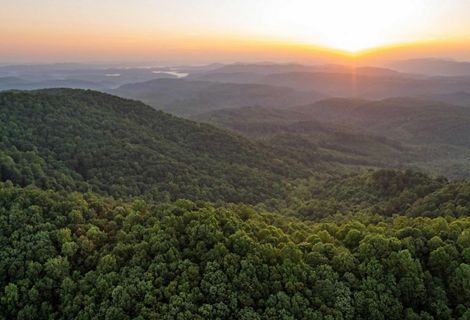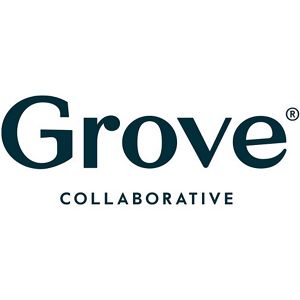Cause Marketing

By teaming up with companies, we help engage and inspire people through real-life actions that can directly impact conservation work.
Learn more about how working with The Nature Conservancy can help bring you—and environmental conservation—closer to your consumers.
Tiffany & Co. Reaches USD $1.6M Milestone for Oceans
Tiffany & Co.’s ongoing “Love For Our Oceans” initiative marks one year of impact, supporting TNC’s global ocean conservation efforts in places like Australia and Palau.


Six Years, Six Million Trees with DMB
Since 2020, Dave Matthews Band has advocated for reforestation with TNC at 150+ concerts and, with fans & partners, planted 5M trees, with a goal to reach 6M in 2025.
Quote: Russell Wager
By teaming up with The Nature Conservancy, we’re not just funding a project–we’re supporting on-the-ground action that will make a real difference.
Other Ways TNC Works With Companies
We know companies play a big role in creating a sustainable future and work with brands in additional capacities, such as:
-
Transforming Business Practices
TNC can help you bring conservation into the way your company does business. Learn How
-
Workplace Giving
Employees can make a tax-deductible contribution to TNC through a company's workplace giving campaign. Learn More
Team Up With Us
If your corporate brand would like to work with The Nature Conservancy, please complete the form below. We’ll review your proposal and will be in touch!


















